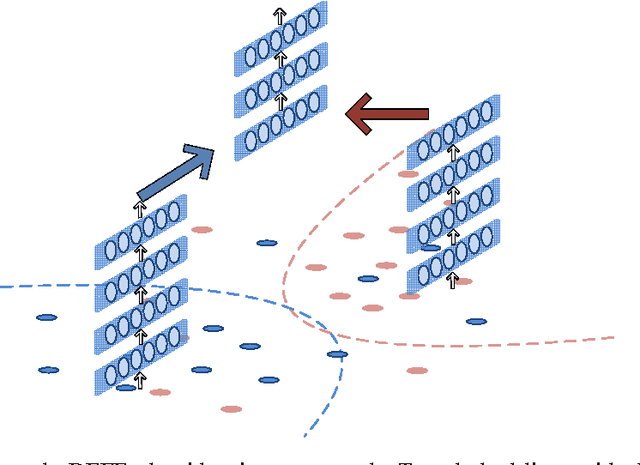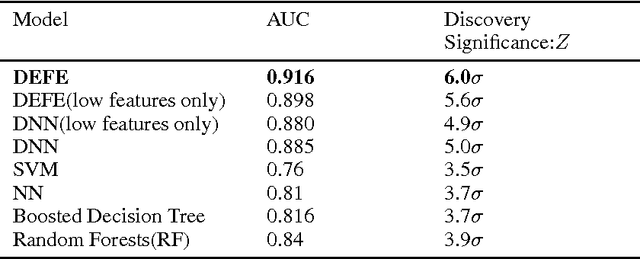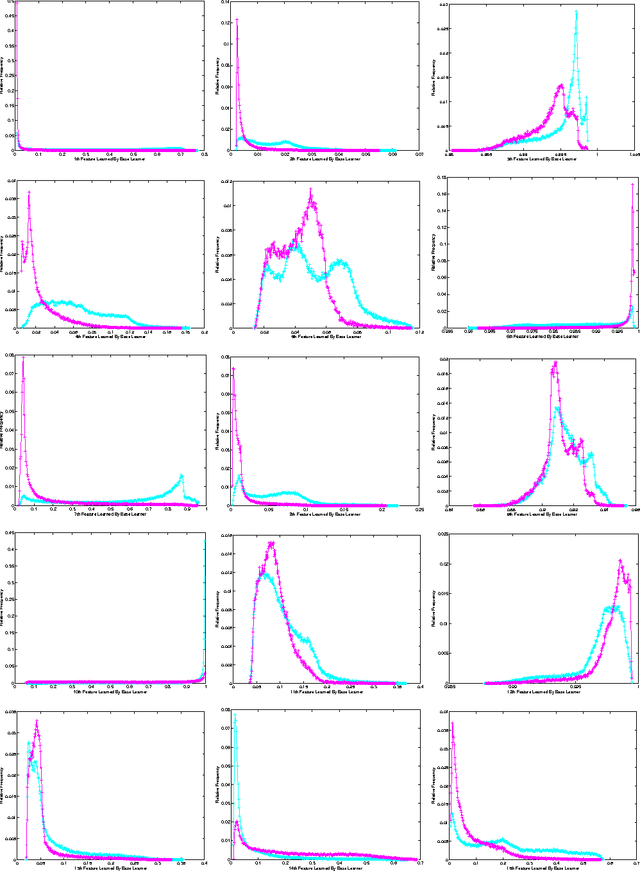Zhenhua Zhang
A Clinician-Friendly Platform for Ophthalmic Image Analysis Without Technical Barriers
Apr 22, 2025Abstract:Artificial intelligence (AI) shows remarkable potential in medical imaging diagnostics, but current models typically require retraining when deployed across different clinical centers, limiting their widespread adoption. We introduce GlobeReady, a clinician-friendly AI platform that enables ocular disease diagnosis without retraining/fine-tuning or technical expertise. GlobeReady achieves high accuracy across imaging modalities: 93.9-98.5% for an 11-category fundus photo dataset and 87.2-92.7% for a 15-category OCT dataset. Through training-free local feature augmentation, it addresses domain shifts across centers and populations, reaching an average accuracy of 88.9% across five centers in China, 86.3% in Vietnam, and 90.2% in the UK. The built-in confidence-quantifiable diagnostic approach further boosted accuracy to 94.9-99.4% (fundus) and 88.2-96.2% (OCT), while identifying out-of-distribution cases at 86.3% (49 CFP categories) and 90.6% (13 OCT categories). Clinicians from multiple countries rated GlobeReady highly (average 4.6 out of 5) for its usability and clinical relevance. These results demonstrate GlobeReady's robust, scalable diagnostic capability and potential to support ophthalmic care without technical barriers.
TripCast: Pre-training of Masked 2D Transformers for Trip Time Series Forecasting
Oct 24, 2024Abstract:Deep learning and pre-trained models have shown great success in time series forecasting. However, in the tourism industry, time series data often exhibit a leading time property, presenting a 2D structure. This introduces unique challenges for forecasting in this sector. In this study, we propose a novel modelling paradigm, TripCast, which treats trip time series as 2D data and learns representations through masking and reconstruction processes. Pre-trained on large-scale real-world data, TripCast notably outperforms other state-of-the-art baselines in in-domain forecasting scenarios and demonstrates strong scalability and transferability in out-domain forecasting scenarios.
Deriving the Traveler Behavior Information from Social Media: A Case Study in Manhattan with Twitter
Jan 27, 2021



Abstract:Social media platforms, such as Twitter, provide a totally new perspective in dealing with the traffic problems and is anticipated to complement the traditional methods. The geo-tagged tweets can provide the Twitter users' location information and is being applied in traveler behavior analysis. This paper explores the full potentials of Twitter in deriving travel behavior information and conducts a case study in Manhattan Area. A systematic method is proposed to extract displacement information from Twitter locations. Our study shows that Twitter has a unique demographics which combine not only local residents but also the tourists or passengers. For individual user, Twitter can uncover his/her travel behavior features including the time-of-day and location distributions on both weekdays and weekends. For all Twitter users, the aggregated travel behavior results also show that the time-of-day travel patterns in Manhattan Island resemble that of the traffic flow; the identification of OD pattern is also promising by comparing with the results of travel survey.
Abnormal Spatial-Temporal Pattern Analysis for Niagara Frontier Border Wait Times
Oct 31, 2017



Abstract:Border crossing delays cause problems like huge economics loss and heavy environmental pollutions. To understand more about the nature of border crossing delay, this study applies a dictionary-based compression algorithm to process the historical Niagara Frontier border wait times data. It can identify the abnormal spatial-temporal patterns for both passenger vehicles and trucks at three bridges connecting US and Canada. Furthermore, it provides a quantitate anomaly score to rank the wait times patterns across the three bridges for each vehicle type and each direction. By analyzing the top three most abnormal patterns, we find that there are at least two factors contributing the anomaly of the patterns. The weekends and holidays may cause unusual heave congestions at the three bridges at the same time, and the freight transportation demand may be uneven from Canada to the USA at Peace Bridge and Lewiston-Queenston Bridge, which may lead to a high anomaly score. By calculating the frequency of the top 5% abnormal patterns by hour of the day, the results show that for cars from the USA to Canada, the frequency of abnormal waiting time patterns is the highest during noon while for trucks in the same direction, it is the highest during the afternoon peak hours. For Canada to US direction, the frequency of abnormal border wait time patterns for both cars and trucks reaches to the peak during the afternoon. The analysis of abnormal spatial-temporal wait times patterns is promising to improve the border crossing management
Deep Extreme Feature Extraction: New MVA Method for Searching Particles in High Energy Physics
Mar 24, 2016



Abstract:In this paper, we present Deep Extreme Feature Extraction (DEFE), a new ensemble MVA method for searching $\tau^{+}\tau^{-}$ channel of Higgs bosons in high energy physics. DEFE can be viewed as a deep ensemble learning scheme that trains a strongly diverse set of neural feature learners without explicitly encouraging diversity and penalizing correlations. This is achieved by adopting an implicit neural controller (not involved in feedforward compuation) that directly controls and distributes gradient flows from higher level deep prediction network. Such model-independent controller results in that every single local feature learned are used in the feature-to-output mapping stage, avoiding the blind averaging of features. DEFE makes the ensembles 'deep' in the sense that it allows deep post-process of these features that tries to learn to select and abstract the ensemble of neural feature learners. With the application of this model, a selection regions full of signal process can be obtained through the training of a miniature collision events set. In comparison of the Classic Deep Neural Network, DEFE shows a state-of-the-art performance: the error rate has decreased by about 37\%, the accuracy has broken through 90\% for the first time, along with the discovery significance has reached a standard deviation of 6.0 $\sigma$. Experimental data shows that, DEFE is able to train an ensemble of discriminative feature learners that boosts the overperformance of final prediction.
 Add to Chrome
Add to Chrome Add to Firefox
Add to Firefox Add to Edge
Add to Edge